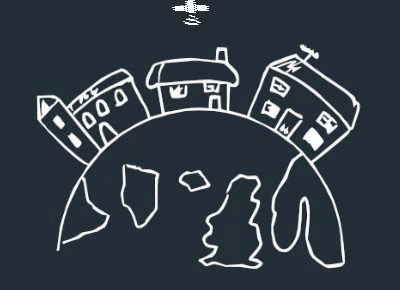So, you’ve decided you need a website? Do you really?
What exactly are you trying to achieve by putting yourself, or your business on the web?
Keeping up with the competition? It looks good? I think it might add new business? Ah, well if you answered the last question, then maybe you should.
If you don’t already have a ready and ample supply of loyal customers, then you’re probably in the position of wanting more. According to recent research by the Federation of Small Businesses;
- 53% of people said they would be more likely to use a small business if they had a professional looking website
- 90% would be more likely to choose a business which used a business email address, rather than a private one, ie enquiries @banburybuilders. com vs banburybuilders @ aol.com
- 95% of consumers would check out a supplier’s website before using them.
So, I’ve convinced you that you need a website? Now think about what you want it for. Do you want it to look really good, with lovely designs, animations, so all your friends go ‘Wow!’? I hope that’s not all. Perhaps you want to find a way to communicate with the world what you do, to be top of Google searches, to get new contacts, be a source of information for new of existing clients, to sell stuff online.
Whichever it is, you need to start planning. Here’s the top 10 things to do when you’re planning your website:
– Have a look at your competitors. What are they achieving from their sites? What’s wrong with them?
– What makes what you offer special? What’s the USP? Why should people buy, or trade with you?
– What are the specific goals from your website? New leads, orders, newletter downloads, site visitor numbers?
– How much time & resource are you going to put into maintaining the site beyond set up? It’s all very well setting up a site, but in 2 years time, will it be fit for purpose? Does it have the flexibility to change with business needs?
– Do you have the resource to keep in touch with your customers using the site? Customer Relationship Management (CRM) is an important way of keeping your customers loyal through regular emails, updated site pages, new product launches, and special offers.
You’ve got all these answered, then it’s time to talk to a web designer (hopefully www.villagewebdesign.co.uk!) about your needs.
You’ll then need to go through a few more steps to create your website, from collecting images, photos, and frequently asked questions to deciding on a domain name for your site, and brainstorming important keywords and phrases which people will use to find your services.
After all that, perhaps we can make a start! Good luck.
